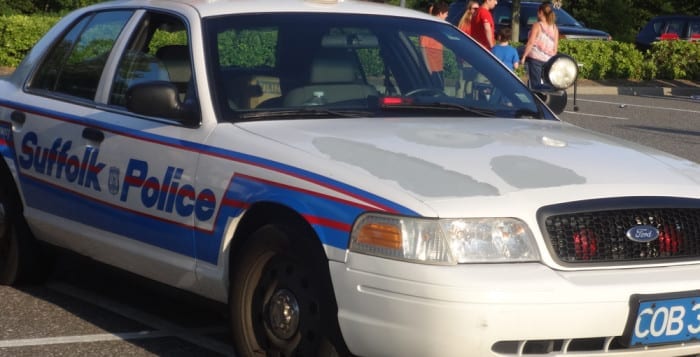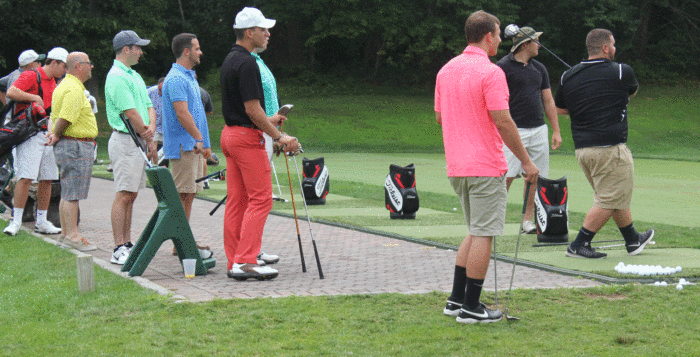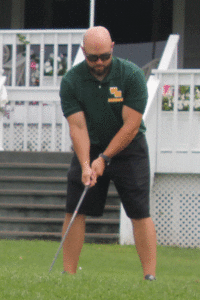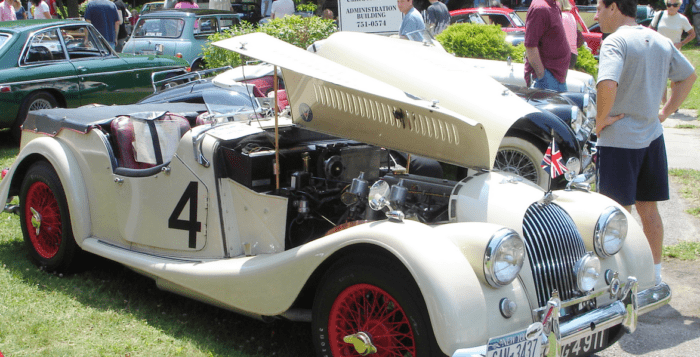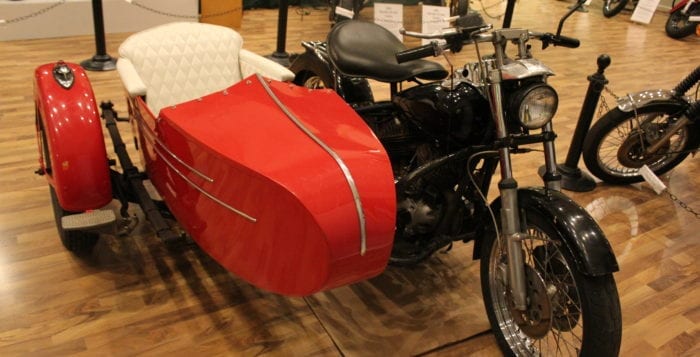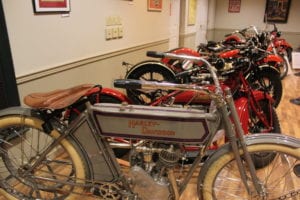Friends help make our lives special. They are fun to be with, we like the person we are when we are with them, they share activities with us, they offer an ear when we need to talk over important matters, they cheer us up when we are down, they lend a hand when we need help, they broaden our horizons with their intelligence, knowledge and experience — and, most critically, they are there for us in times of crisis. Those are typical answers when we ask people, “What is a friend?”
But what if our friend doesn’t like us as much as we like him or her?
According to an article in The New York Times and other media, recent research on the subject of friends would suggest that only about half of our friendships are mutual. Whoa! That means someone you think is a close friend might not feel the same way about you. Now that is a thought to make you feel instantly abandoned. And, according to the Times, through experts interviewed, “the authenticity of one’s relationships has an enormous impact on one’s health and well-being.”
Who are our friends? Where do they come from? How many real friends can we have? How do we judge whether they are true friends? And are we a true friend in return?
Certainly a true friend is more than someone on Facebook. Alexander Nehamas, a professor of philosophy at Princeton, told The Times that friendship is more like beauty or art, which kindles something deep within us and is “appreciated for its own sake.” It’s a lovely thought.
Ronald Sharp, a professor of English at Vassar College, edited a book, “The Norton Book of Friendship,” with his friend, Eudora Welty in 1991. Sharp is quoted in The Times as saying, “The notion of doing nothing but spending time in each other’s company has, in a way, become a lost art,” to be replaced by volleys of texts and tweets.
To have a friendship with someone has several requirements. First is time. It takes time to understand the other person and to trust that person enough to let him or her understand you. So trust is another requirement. Lucky are those who have friends from elementary school or college, for those have withstood the test of time. Additionally those friends are witnesses to our lives as we are to theirs. That is a relationship to be treasured and not replaced, and it may be resumed even after years have gone by with no contact. Honesty is another. You have to be able to respond honestly to a friend, even if it is not what he or she wants to hear, and to receive the same in return.
But there is more. A close friend is one with whom you interact almost daily because you would otherwise miss the contact. That person is one whose sentences you could reliably finish because, to some extent, you live within each other’s heads. That person is someone who, you absolutely know from prior evidence, has your back. And that is a person who knows and accepts your shortcomings even as you accept theirs because you protect each other’s vulnerabilities. I have only experienced that kind of friendship with one or two people because there isn’t enough time really to get to know that many people, however interesting they may seem.
Then there are perhaps four or six others with whom I maintain ongoing friendships. These are good friends whom I enjoy common ground with, and feel concern and affection for. These friends provide a support system and a social circle to which we all contribute. Others are more casual friends, dependent on circumstances, and they may move in and out of my world at any given time.
Friends and friendships are tested by crises. I have had my share, as have my friends, and we have been there for each other. We will be there again because we are best friends.


